Spine Disorders: Medical and Surgical Management
This book has developed from a course at the Academy of Neurology's annual meeting given by the authors over several years. The opening chapter describes the basic sciences relating to the spine. Subsequently, the authors subdivide the spine into the cervical, thoracic and lumbar regions and describe, for each region, the clinical evaluation, investigation and possible treatments for the variety of conditions affecting the spine. There is a comprehensive chapter on diagnostic testing. As well as structural imaging such as MRI, CT and myelography, the authors discuss neurophysiological tests, provocative and beneficial injections, and other diagnostic studies such as bone densitometry. For the budding surgeon, there are several chapters that consider specific imaging prior to surgery and give a more detailed surgical management. This covers a wide scope from clinical assessment, through diagnostic pitfalls to the surgical indications and approaches, with surgical complications. There are several useful chapters, including one on when, and to whom, to refer spinal patients, another on what to do if patients do not improve following surgery, medical management of patients undergoing surgery and an appendix entitled âPlease don't make my mistakesâ. The final chapters look at newer developments. Minimally invasive surgery is well discussed both conceptually and in practical terms. New technologies ranging from disc arthroplasty to image guidance are discussed. A small section is even written about assessment of new devices, trials and government regulation. Throughout the book, the text is clearly written and easy to read. It is not didactic and gives a balanced view about all topics, presenting the various arguments. It is well supported by additional information in tabular form and good graphics including illustrations, pictures of imaging and photographs. References are supplied for further reading and a useful glossary has been compiled. The index enables any individual subject to be found easily. The authors believe that the book will benefit all healthcare providers who see patients with spine disorders. I would certainly agree that it provides a very good insight into all aspects of spinal disease and the surgical treatment of such conditions for all non-medical practitioners. It would also provide a very good grounding for all surgical trainees considering embarking upon a career in spinal surgery.
{{comment.content}}
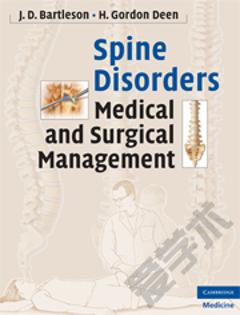
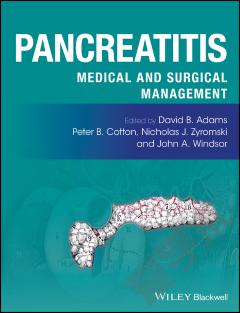
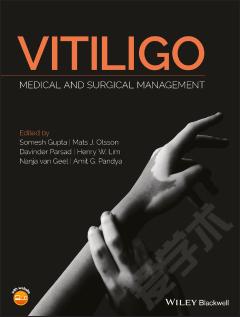

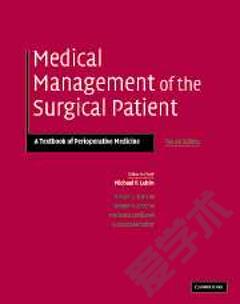
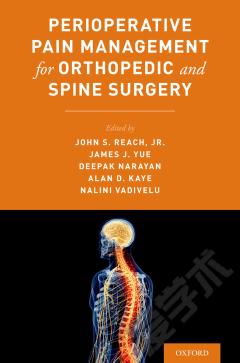
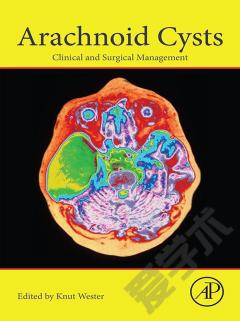

 京公网安备 11010802027623号
京公网安备 11010802027623号